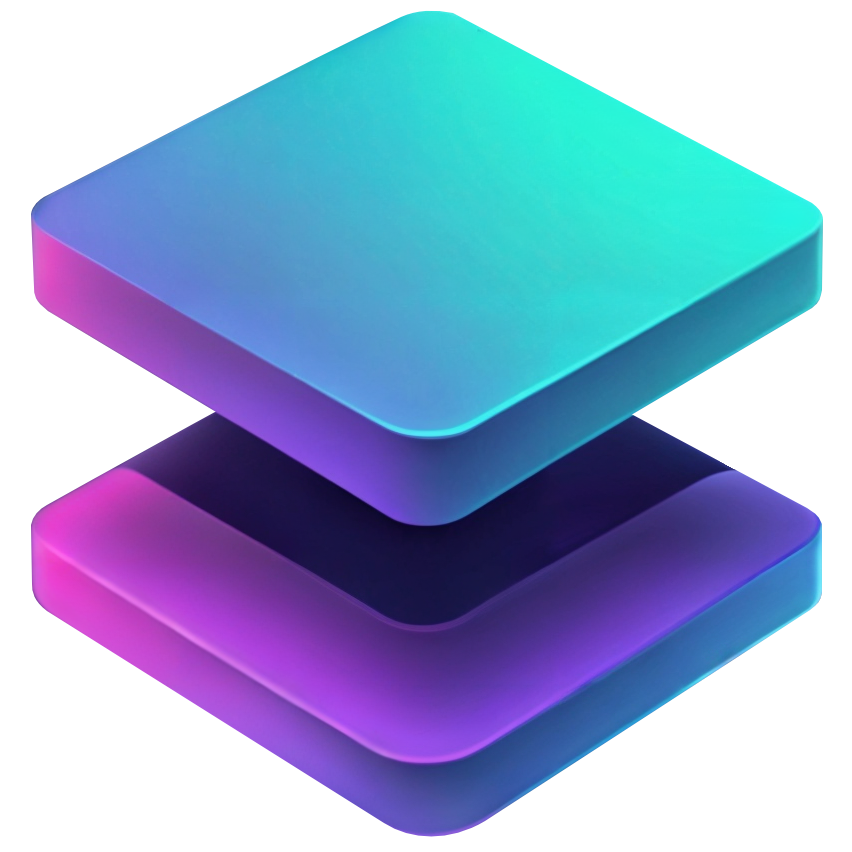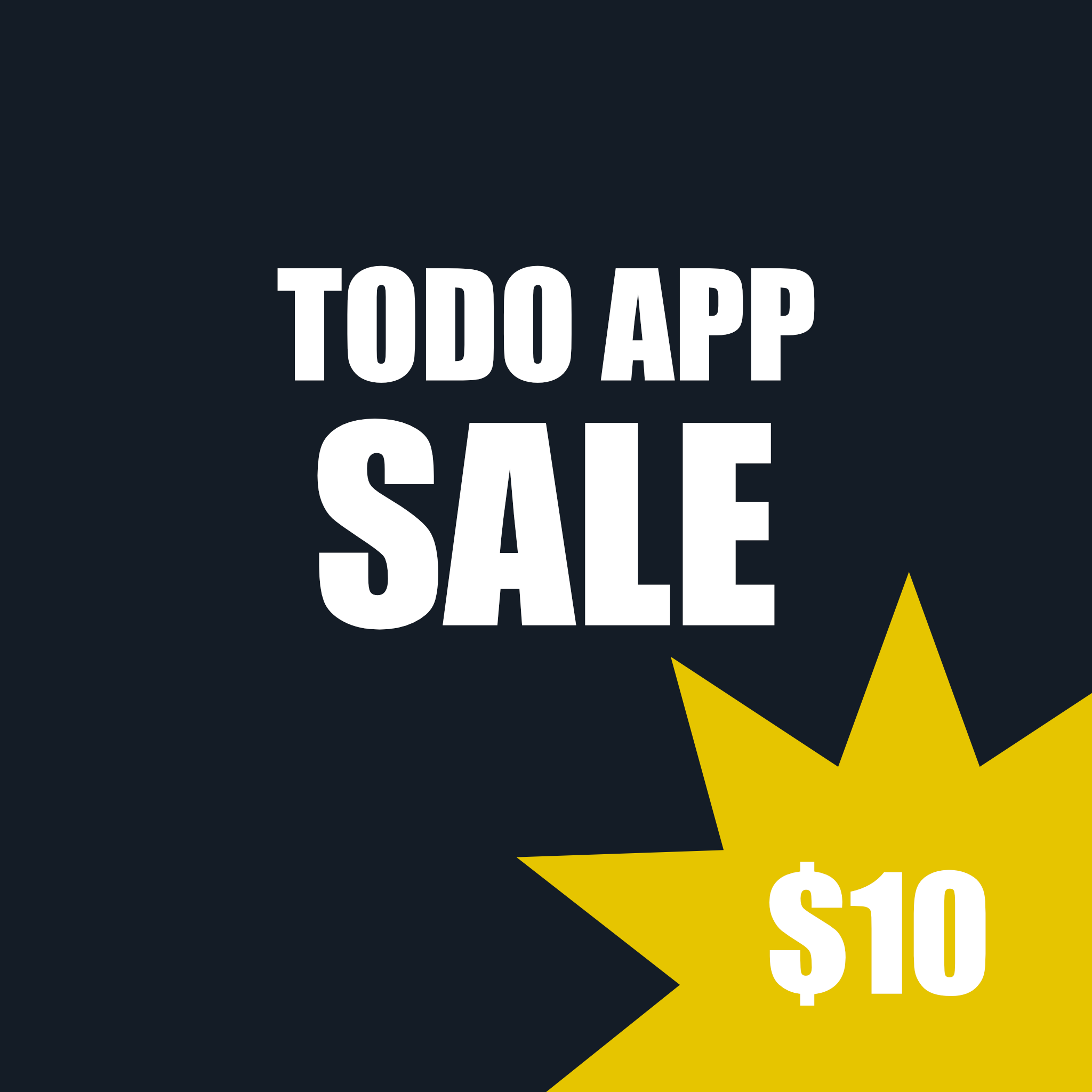So, you need an app for your Business?
Creating an app for a business involves several key steps, from initial planning to launch and maintenance. Here's a comprehensive guide:
1. Define Your Goals and Requirements
- Identify the Purpose: Determine why you need the app and what problems it will solve for your business.
- Target Audience: Identify who will use the app and what their needs are.
- Core Features: List the essential features your app must have to meet user needs.
2. Market Research
- Competitor Analysis: Study similar apps in the market to understand what works and what doesn’t.
- User Feedback: Gather input from potential users to refine your feature list.
3. Planning and Strategy
- Technical Specifications: Decide on the platforms (iOS, Android, Web) and the technology stack (e.g., native, cross-platform).
- Budget and Timeline: Set a realistic budget and timeline for the project.
4. Choose the Right Development Approach
- In-House vs. Outsourcing: Decide whether to build the app internally or hire an external agency or freelance developers.
- Agile Development: Consider using an agile methodology for flexibility and iterative improvements.
5. Design
- Wireframes and Mockups: Create initial sketches and visual designs of the app’s layout.
- User Experience (UX): Focus on creating an intuitive and easy-to-use interface.
- User Interface (UI): Design appealing visual elements and ensure they align with your brand identity.
6. Development
- Backend Development: Set up the server, database, and APIs to handle the app’s data and business logic.
- Frontend Development: Build the app’s interface and integrate it with the backend.
- Testing and Quality Assurance: Conduct thorough testing (unit, integration, system, and user acceptance testing) to ensure the app functions correctly and is free of bugs.
7. Pre-Launch
- Beta Testing: Release the app to a small group of users to gather feedback and identify issues.
- Marketing Plan: Develop a strategy to promote the app before and after launch, including social media, press releases, and advertisements.
8. Launch
- App Store Submission: Follow the guidelines of app stores (Google Play, Apple App Store) for submission.
- Soft Launch: Optionally, launch the app in a smaller market first to further test and improve.
- Full Launch: Release the app to the general public and start your marketing campaigns.
9. Post-Launch
- Monitor Performance: Use analytics tools to track the app’s performance and user engagement.
- Feedback and Updates: Continuously gather user feedback and release updates to improve the app.
- Support and Maintenance: Provide ongoing support to users and ensure the app remains compatible with new operating system updates.
10. Growth and Scaling
- Feature Enhancements: Regularly add new features based on user feedback and business needs.
- Marketing and User Acquisition: Invest in marketing strategies to increase downloads and user engagement.
Tools and Resources
- Project Management: Tools like Trello, Asana, or Jira.
- Design: Tools like Sketch, Figma, or Adobe XD.
- Development: IDEs like Xcode (for iOS), Android Studio (for Android), and Visual Studio Code.
- Testing: Platforms like TestFlight (for iOS), Firebase Test Lab (for Android), and Selenium (for web testing).
- Analytics: Tools like Google Analytics, Mixpanel, or Firebase Analytics.
- Support: Platforms like Zendesk or Freshdesk.
By following these steps, you can systematically plan, develop, and launch a successful app for your business.
Timeline Estimation
Estimating a timeline for an app development project involves breaking down the project into smaller, manageable tasks and then estimating the time required for each task. Here’s a step-by-step approach to create a realistic timeline:
1. Project Scope and Requirements Gathering (1-2 weeks)
- Define goals, target audience, and core features.
- Conduct market research and competitor analysis.
- Gather user feedback and refine requirements.
2. Planning and Strategy (1-2 weeks)
- Determine technical specifications and the technology stack.
- Set a budget and timeline.
- Choose between in-house development or outsourcing.
3. Design Phase (2-4 weeks)
- Wireframes and Mockups (1-2 weeks): Create initial sketches and visual designs of the app’s layout.
- User Experience (UX) Design (1 week): Focus on creating an intuitive and easy-to-use interface.
- User Interface (UI) Design (1 week): Design appealing visual elements and ensure they align with your brand identity.
4. Development Phase (8-16 weeks)
- Backend Development (4-8 weeks): Set up the server, database, and APIs to handle the app’s data and business logic.
- Frontend Development (4-8 weeks): Build the app’s interface and integrate it with the backend.
- Integration (1-2 weeks): Combine the backend and frontend components and ensure they work together seamlessly.
5. Testing and Quality Assurance (4-6 weeks)
- Unit Testing (1-2 weeks): Test individual components for functionality.
- Integration Testing (1 week): Ensure different components work well together.
- System Testing (1 week): Test the entire system for performance and security.
- User Acceptance Testing (1-2 weeks): Get feedback from actual users to identify any remaining issues.
6. Pre-Launch Phase (2-4 weeks)
- Beta Testing (1-2 weeks): Release the app to a small group of users to gather feedback and identify issues.
- Marketing Plan (1-2 weeks): Develop a strategy to promote the app before and after launch.
7. Launch Phase (1 week)
- App Store Submission (1 week): Follow the guidelines of app stores (Google Play, Apple App Store) for submission.
8. Post-Launch Phase (Ongoing)
- Monitor Performance (Ongoing): Use analytics tools to track the app’s performance and user engagement.
- Feedback and Updates (Ongoing): Continuously gather user feedback and release updates to improve the app.
- Support and Maintenance (Ongoing): Provide ongoing support to users and ensure the app remains compatible with new operating system updates.
Total Estimated Time: 19-37 weeks (approximately 4-9 months)
Tips for Accurate Estimation
- Break Down Tasks: Break down larger tasks into smaller, more manageable tasks.
- Historical Data: Use data from previous projects to inform your estimates.
- Buffer Time: Add buffer time (usually 10-20%) to account for unexpected delays and challenges.
- Team Input: Involve the development team in the estimation process to get realistic timeframes.
- Continuous Review: Regularly review and adjust the timeline as the project progresses.
Example Timeline in Weeks
| Phase | Duration | Cumulative Time |
|---|---|---|
| Requirements Gathering | 1-2 weeks | 1-2 weeks |
| Planning and Strategy | 1-2 weeks | 2-4 weeks |
| Design | 2-4 weeks | 4-8 weeks |
| Backend Development | 4-8 weeks | 8-16 weeks |
| Frontend Development | 4-8 weeks | 12-24 weeks |
| Integration | 1-2 weeks | 13-26 weeks |
| Testing and QA | 4-6 weeks | 17-32 weeks |
| Pre-Launch | 2-4 weeks | 19-36 weeks |
| Launch | 1 week | 20-37 weeks |
| Post-Launch | Ongoing | Ongoing |
By following this structured approach, you can estimate a timeline that is both realistic and flexible, accommodating the various phases of app development.



